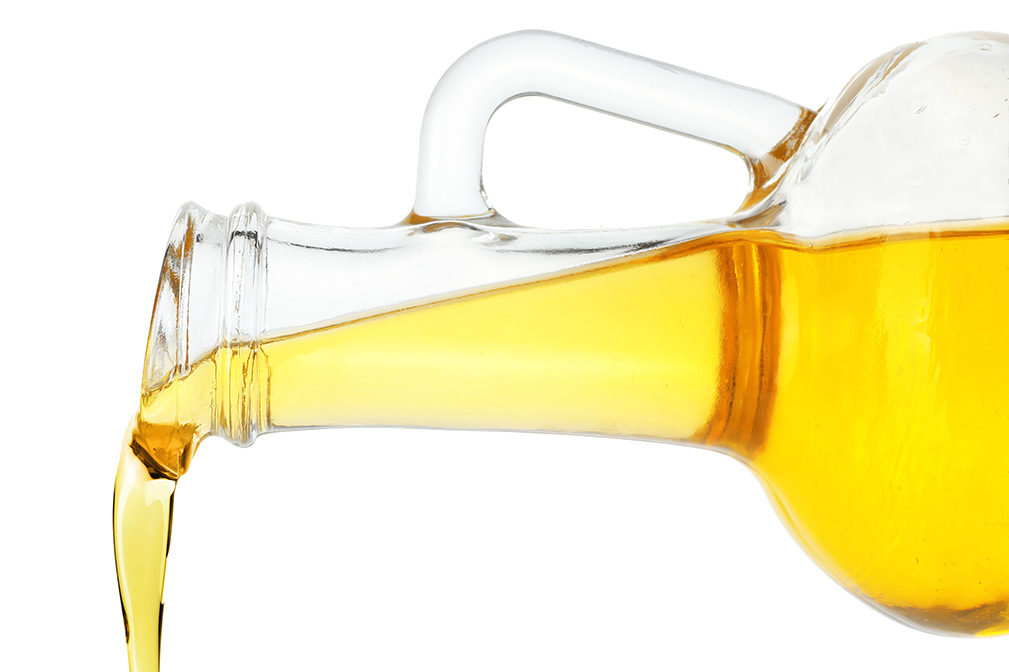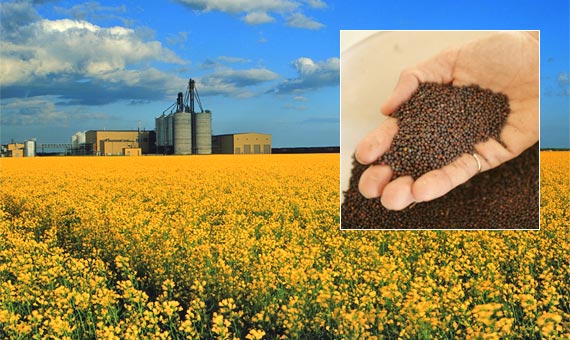Where Does Canola Oil Come From?

If you aren’t familiar with the beautiful fields of yellow that can be found in many places in the world, you may wonder where canola oil comes from. Even if you have seen it growing, you may be interested to find out what part of the canola plant is used to make the oil, how it is actually made and even where the name “canola” comes from.
- What is canola?
Canola is an agricultural crop that grows widely in Canada, Europe and Australia as well as several areas in the United States. Canola plants grow to be about 3-6 feet tall and produce beautiful small yellow flowers. Canola is related to cabbage, broccoli, Brussels sprouts and mustard. - What does the word “canola” mean?
Canola is a contraction of “Canadian”, which is a primary growing region for canola, and “ola”, which refers to “oil”. - What part of the plant does canola oil come from?
The yellow flowers develop into pods that resemble narrow pea pods. When the pods are mature, they will contain tiny brownish-black seeds that look similar to poppy seeds. The seeds have a very high oil content; about 45% of the seed is oil. - How does the oil get out of the seed?
The seeds are initially crushed to release about 80% of the oil. The oil can be packaged and sold after this step as “expeller-pressed” or “cold-pressed” canola oil, depending on the temperature conditions that are used. To get more oil out of the seed, a solvent that is approved for edible oil processing is used.

